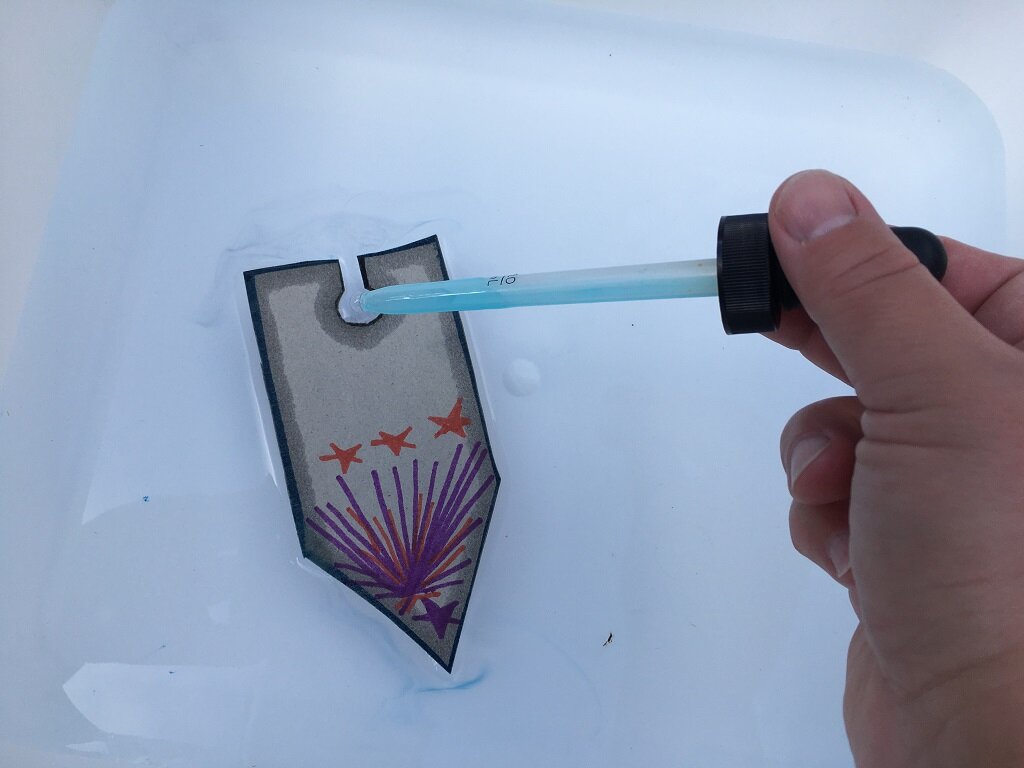
The Saskatchewan Science Centre Online! Check out our hilarious and educational web series “SSCTV”, find downloadable resources, explore other cool science links, and tune into the live BUBOCam!
Sask Science Centre Squid Dissection
Learn about mollusks with Jesse as he walks you through a squid dissection.
Join Jesse for a squid dissection!
Squids are invertebrates - animals that don't have backbones - and a mollusk! Dissections can help you gain a better understanding of not just the animal being dissected, but all life. It is important to be respectful when doing a dissection as this was a living creature.
Loving this content? Make a donation to the Saskatchewan Science Centre!
#letssciencethis #SaskScienceCentre #AtHomeWithCASC #ScienceChampions #ScienceAtHome #realsciencerealfun
Elements R Us With Tommy Tungsten - Sodium
This week Tommy Tungsten is back with a new element: SODIUM!
This week Tommy Tungsten is back with a new element: SODIUM!
Thanks for visiting our website, please come back soon!
Loving this content? Make a donation to the Saskatchewan Science Centre!
#letssciencethis #SaskScienceCentre #AtHomeWithCASC #ScienceChampions #ScienceAtHome #realsciencerealfun
Soap Boats Challenge Activity
It is all about surface tension with this soapy activity. Make a boat and watch it as it zooms around using the power of soap!
It is all about surface tension with this soapy activity. Make a boat and watch it as it zooms around using the power of soap!
What you need:
• Cardboard (from a cereal box or other thin cardboard)
• Liquid soap
• Pipette, eye dropper, syringe, or small measuring spoon
• Scissors
• Large tub of water
• Decorations (markers, paint, stickers, etc.)
What you do:
1. Find a piece of cardboard from a cereal box or other light cardboard. Draw a rectangle that has a point at one end. Think of a rectangle with a triangle on top. This will be the body of your boat.
2. Cut out the boat. On the flat end, opposite to the pointed end and make a narrow slit with a small hole at the end.
3. If you would like to add some special flare to your boat, decorate it with markers and stickers.
4. To make your boat travel in water, fill a large tub of water with about 10 cm of water. Try this part outside!
5. Place the boat into the tub of water. With the pipette or small spoon drop one small drop of soap in the small opening of the boat.
6. What did you see happen? Watch the boat zoom on the surface of the water. Friendly tip: You must use fresh water every time you add soap to the tub therefore only use a small amount of water in the tube.
Explanation:
Did you see the boat move? In this activity you saw surface tension in action! Surface tension relates to a few properties of liquid, in this case water. Water molecules work together (or cohesively) at the surface; therefore, it makes it possible for it to resist another force. If you have a glass of water, the molecules on the surface of the glass do not have water molecules on all sides like they would on the inside of the glass. So, the water molecules join more strongly to those beside them and below, but not above.
With soap boats, you observe the molecules on the surface of water are very close together, when the soap is added it loosens the bonds of the water molecules. When the soap touches the surface of the water it breaks the tension by moving the molecules away from each other. Then other water molecules from lower in the tub move up to fill the spaces to make tension again. The boat moves and will continue to move until the soap has reached the entire surface of the water. For this reason, you must change the water each time.
Taking it further:
Think about the surface of water. Observe it by looking closely at the surface before you add the boat and after. When the soap was added, did it change how the surface of the water looked?
What are examples of surface tension in nature? Observe a body of water such as a lake or pond, to find water bugs. Watch as some insects can land on the surface of water without sinking into it.
Try another experiment with surface tension. With a pipette, add one drop of water onto a coin like a penny. How many drops of water can you add before it spills over the sides of the coin?
Loving this content? Make a donation to the Saskatchewan Science Centre!
#letssciencethis #SaskScienceCentre #AtHomeWithCASC #ScienceChampions #ScienceAtHome #realsciencerealfun
Science At Home - Defy Gravity
Can you defy gravity at home? Find out with this awesome spinning tray science demonstration!
Can you defy gravity at home? Find out with this awesome spinning tray science demonstration!
Centripetal and centrifugal force are often confused with each other. Centripetal force was described by Isaac Newton as "a force by which bodies are drawn or impelled, or in any way tend, towards a point as to a centre". In Newtonian mechanics, gravity provides the centripetal force causing astronomical orbits.
Imagine an object moving in a straight line away from a fixed point. If you connected the two with a string, the object would begin to circle the fixed point. Centripetal force is directed along the radius of the circle (the string) and at right angles to the motion (toward the fixed point).
It can be confusing, but think of it this way: as we spin the tray, the force TOWARD your hand along the string is centripetal force. That force is what keeps the cup in the tray and the water in the cup.
Centrifugal force is an apparent force that describes how you would feel if you were standing on the tray (or hanging off the side of a merry-go-round). It is actually the same force as centripetal force, but experienced in the opposite direction.
Loving this content? Make a donation to the Saskatchewan Science Centre!
#letssciencethis #SaskScienceCentre #AtHomeWithCASC #ScienceChampions #ScienceAtHome #realsciencerealfun
SSC Interview - Canadian Light Source With Tyler Morhart
Julie Fisowich from the Saskatchewan Science Centre talks with Tyler Morhart from the Canadian Light Source.
Julie Fisowich from the Saskatchewan Science Centre talks with Tyler Morhart from the Canadian Light Source.
Tyler Morhart was born and raised in Saskatchewan and visited the Saskatchewan Science Centre many times as a child. Now a working scientist in Saskatoon, Tyler explains what the Canadian Light Source is and why it’s important.
Loving this content? Make a donation to the Saskatchewan Science Centre!
#letssciencethis #SaskScienceCentre #AtHomeWithCASC #ScienceChampions #ScienceAtHome #realsciencerealfun





